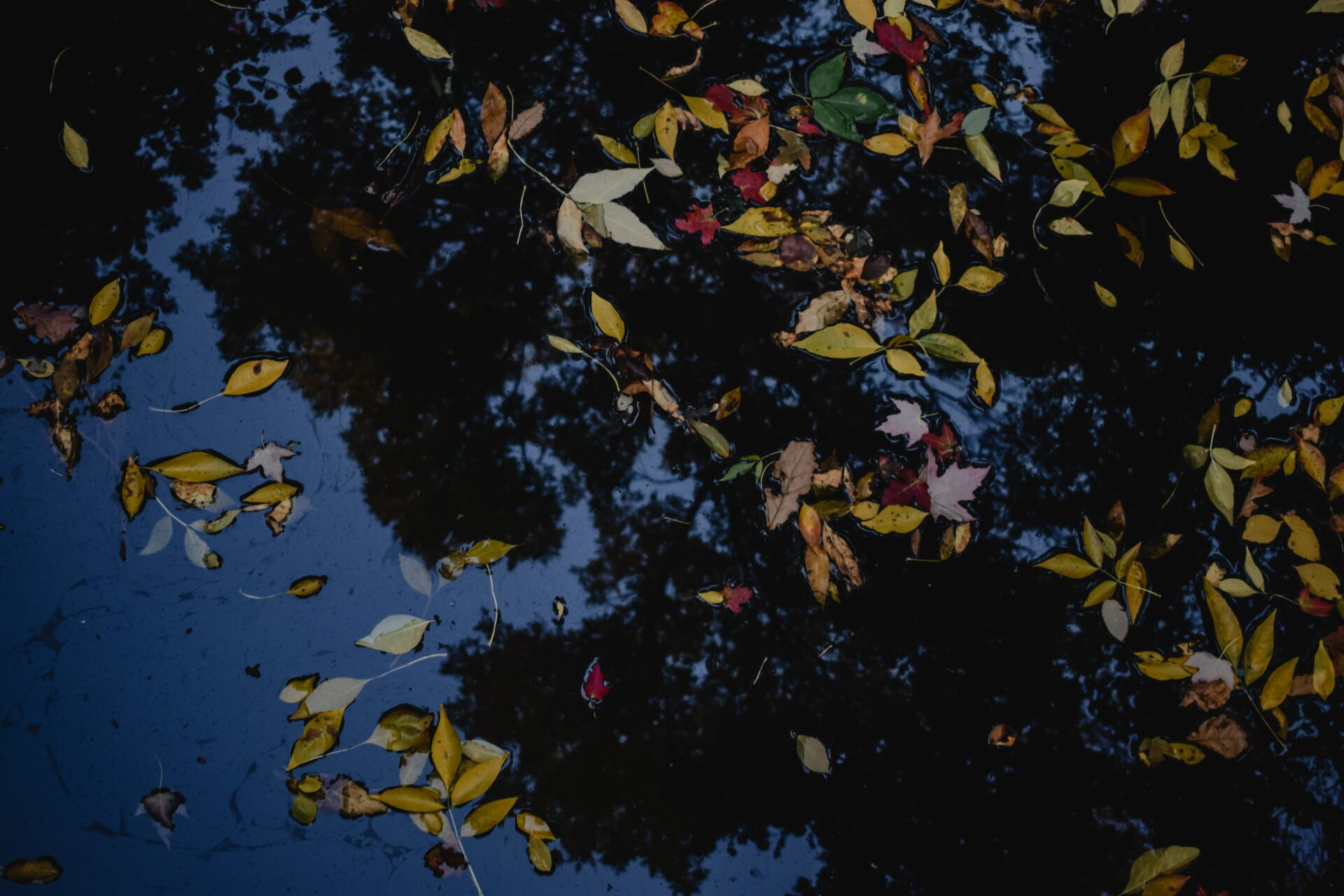Category: Advice
I’m writing this with the outside temperature over 20 degrees! but the temperature is set to drop later this week so it’s a good time to start thinking about getting your pond ready for winter – and why not start working on it now whilst there is still some warmth in the air and the water?
Tidying your pond
Whether it’s a major project to remove overgrown plants; just spending some time “tidying up” by removing dead and dying lily leaves; or regularly fishing out fallen leaves, an autumn pond tidy is always a good idea. Even these last two small tasks will help to keep your pond water clear and healthy by preventing the rotting vegetation from creating a nutrient-rich sludge at the bottom of the pond, which could otherwise lead to problems with algae or duckweed growth in the Spring.
Here are some tips from our friends at Waterside Nursery on looking after pond plants in winter.
Tatty stems and dying leaves of upright marginal plants and waterlilies should be removed along with any annual surface cover plants.
Cut back all falling stems of plant growth but do not cut below predicted water level in Winter. If the plant has hollow stems – eg Schoenoplectus and Typha species water can collect inside the hollow stem if cut too low and then water will freeze inside the plant and cause problems.
Spend time checking that all your plants are at the correct depth to overwinter – all pond plants should be at the depth of water shown on their label. Some pond plants and all waterlilies need to be below any potential ice depth in the pond.
If you are removing overgrown plants you should always deal with them carefully, as there are a number of invasive aquatic plants that can cause major problems if they become established in the wild. To find out more visit the Non-Native Species website.
You may want to net your pond to prevent falling leaves getting into the water but do take care as the netting could trap frogs. Remove as many of the leaves that have already fallen into the pond as you can and also consider removing some of the sludge that has built up in the base of the pond. (You don’t need to remove/prevent sludge totally as a small amount is beneficial to hibernating wildlife.)
You may also want to cut back any surrounding vegetation and trim the branches of over-hanging trees to help reduce the amount of small twigs and leaves falling onto the pond.
You should find that troublesome plants like blanket weed and duckweed stop growing now, but microbial products which starve these weeds of the nutrients they require to grow will also work much less efficiently in lower temperatures so dosing should be stopped from around mid-November until next Spring. In a very cold winter you may be lucky enough to be able to remove a layer of duckweed as part of a sheet of ice and dispose of it on the compost heap!. However, you may find that new growth will emerge next Spring from spores already present in the pond so start dosing a product like Ecopond Duckweed Control again as soon as you see a hint of new growth, for the best chance to control it.
You may want to turn off any fountains and pumps – removing the latter and giving them a good clean. Check for any restrictions or blockages to the filter of the pump and make sure the pump impeller turns freely. Ensure the electrical connection is in good order and store in a safe place, where mice can’t chew electrical cables!, before replacing in the pond or feature in the Spring.
When you’ve tidied the pond, and frosts are forecast, place a plank over one end of the pond, or put a tennis ball into a small pond, to prevent the entire surface freezing.
For most of us heavy winter rainfall is a more likely occurrence than excessively cold weather and although the small amounts that fall directly into the pond are unlikely to create problems, large quantities of rainwater can cause a sudden reduction in the pH of the pond which can stress fish. Run off from the surrounding garden should be avoided if possible as it may be rich in nutrients (eg fertilisers) which will encourage algae growth in the Spring. Additionally, garden run off can include soil and other material which will cloud the water, build up debris in the pond and block the filter. Taking this into account when creating the pond – to get water to flow away from rather than into the pond – will overcome such problems.
